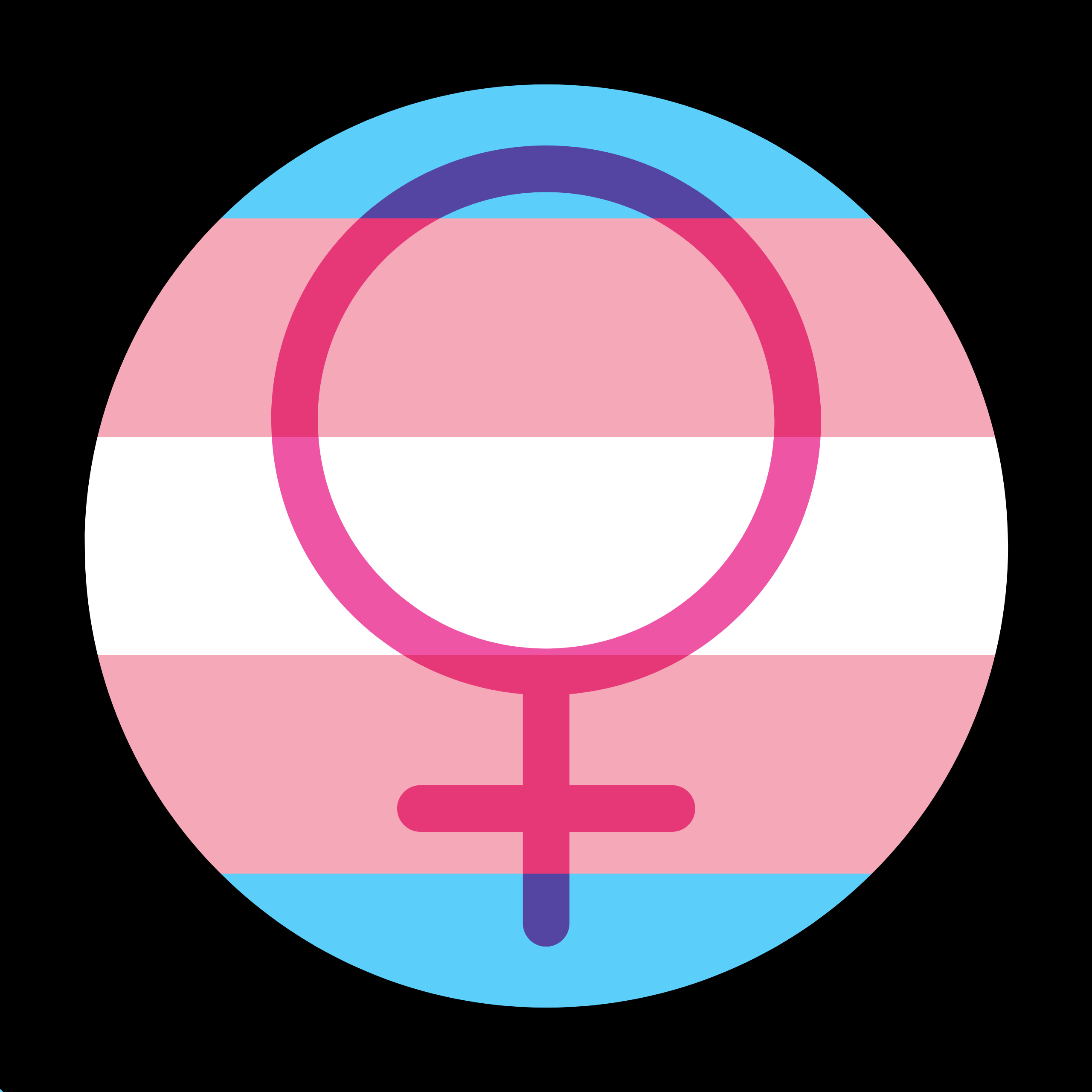Hi! I’ve been using gel for several months, but a few weeks ago I made the change to injections. Each injection has resulted in some pains in random areas in my left leg, but mostly concentrated in the muscles below the knee. I also started waking up with muscle spasms in the same leg, which is something I used to have before puberty. The pain mostly subsides after a day or two.
I suspect the issue is vasodilation which I understand is more common in women than men because estrogen dilates the blood vessels, but I wanted to hear other peoples thoughts.
Wearing overknee socks (to compress) helps, as does ice and exercise/movement, which I think is in favour of this being vasodilation.
I will be bringing this up with a doctor in a couple of weeks, but I’m afraid he won’t be able to help much or have someone to refer me to as competence regarding trans stuff is pretty low here in Norway (also I’m diy).
I would like to know as much as possible about what this could be so I have something to present to him.


Ah, I used to get spasms in my calves at night and the early morning too - they are called a “charley horse”. Definitely drink more water, maybe ensuring you drink enough water before bed. Eating more bananas and so on should help, too.
You can also practice stretching the calves, I found this helped reduce my charley horses: https://www.youtube.com/watch?v=u4o0Fz6MFe0
Do you exercise much or at all? Taking walks every day might also help, if that is possible. I got charley horses the most when I was engaging in a lot of exercise, but I also had them when I was sedentary. The way we sit all day often promotes tightness in the muscles, so stretching is a good idea regardless (esp. hip and hamstring stretches).
In the Reddit thread where they speculated their leg pain was about blood vessels, they mentioned they are often dehydrated - another overlap in possible causes.
Looking up the general guideline, it looks like 3 litres is the recommended amount to drink: https://newsinhealth.nih.gov/2023/05/hydrating-health
It seems to vary based on age, weight, activity level, etc. - so this is highly contextual, you probably just need to drink more water, particularly before bed. (That can be tricky, drinking water right before bed can cause you to wake up at night to urinate, so you want to drink enough water at night up until around an hour before bed, and empty your bladder right before bed.)
Anyway - thank you for the links, that was helpful. I definitely found some changes to my circulation with estrogen, I noticed I don’t feel as warm as I used to, though strangely it just feels like my temperature is “normal” now, it is colder than it was pre-HRT. So there are definitely changes, and maybe they are playing some role in your spasms, but I don’t think the solution is to stop your HRT but to encourage better health through hydration, diet, and stretching.
Since you are DIY, if at all possible finding a way to get blood labs is a good idea so you can verify your levels are reasonable. However, since you are injecting, the risks from too much estrogen aren’t that great (assuming the estradiol you sourced is pure / good quality and so on, that seems to be the greater risk with DIY).
Usually an overdose of estradiol can be felt with symptoms like headaches, fatigue, nausea, and fluid retention.